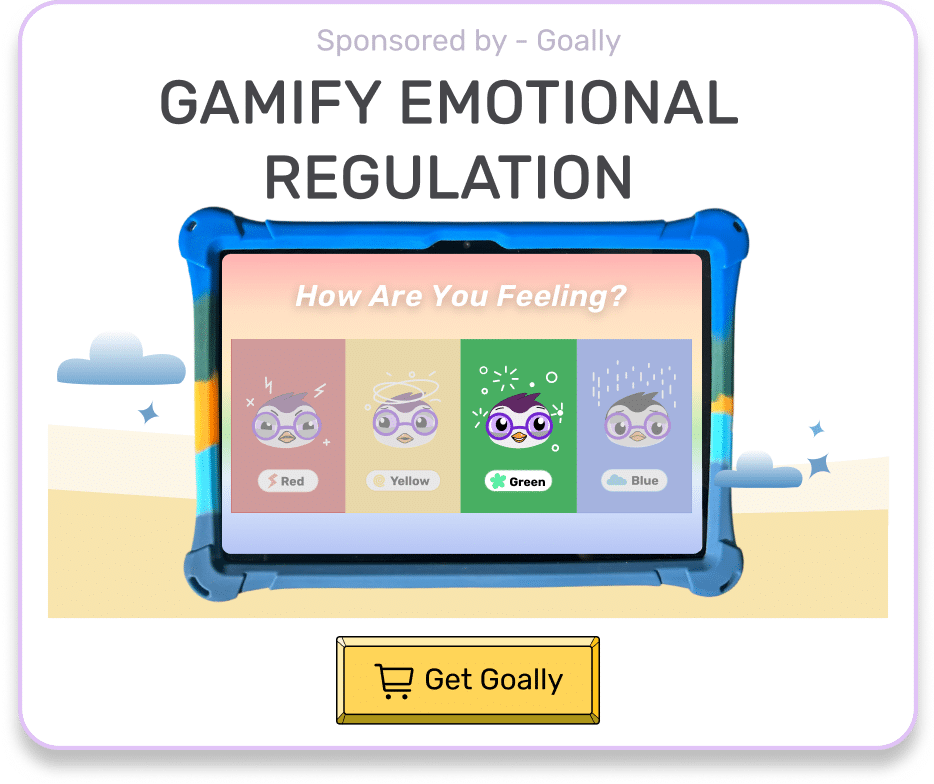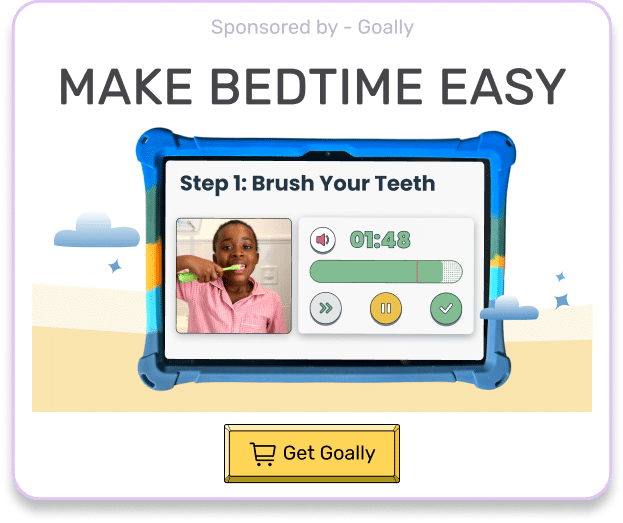What if your classroom could be a place where every student feels calm, focused, and ready to learn? Good news! By teaching mindfulness in the classroom, you can make this dream come true. This guide will show you how to bring mindfulness into your teaching routine and create a space where neurodivergent kids and those with thinking and learning differences can succeed.
Table of Contents
Mindfulness 101: What You Need to Know
Before diving into techniques for teaching mindfulness in the classroom, it’s essential to understand what mindfulness is. Mindfulness means being present in the moment without judgment. It helps kids develop self-awareness, emotional regulation, and focus. When you add mindfulness practices to your daily routine, you set up your students for success both academically and emotionally.
To get started with teaching mindfulness in the classroom:
- Start small: Begin with short exercises (just a few minutes) and gradually increase their duration as students become more comfortable.
- Be consistent: Practice mindfulness regularly – daily if possible – to help build a habit that sticks.
- Create a safe space: Make sure your classroom is welcoming for all students by providing sensory-friendly materials (e.g., fidget toys) or quiet corners for relaxation.

Mindful Classroom Techniques & Activities
You don’t need complicated or time-consuming methods when teaching mindfulness in the classroom. Here are some simple yet effective techniques you can use:
Breathing Exercises
Breathing exercises are great for introducing mindfulness because they’re easy for kids of all ages (and abilities) to understand. Try these two popular methods:
- Belly breathing: Have students place one hand on their chest and the other on their belly. Instruct them to take slow, deep breaths, focusing on the rise and fall of their belly.
- 4-7-8 breathing: Teach students to inhale for a count of 4, hold for a count of 7, and exhale for a count of 8. This technique helps calm the nervous system and refocus attention.
As your students become more comfortable with these exercises, you can introduce new techniques or extend the duration of each practice session.
Read more: Learning Videos
Mindful Listening
Mindful listening is an excellent way to sharpen focus while also teaching kids empathy. Try these activities when teaching mindfulness in the classroom:
- Sound scavenger hunt: Have students close their eyes and listen carefully to all the sounds around them (inside or outside). Afterward, discuss what they heard and how it made them feel.
- The talking stick: Pass around an object (e.g., a stick) during group discussions. Whoever holds the object has permission to speak, while others practice active listening without interrupting.
Incorporating mindful listening into your daily routine not only helps improve focus but also fosters a sense of community within your classroom as students learn to respect each other’s thoughts and opinions.

Mindful Movement
Including movement in mindfulness practices can help engage kinesthetic learners or those who struggle with sitting still. Consider these options when teaching mindfulness in the classroom:
- Yoga stretches: Teach simple yoga poses that promote relaxation (e.g., child’s pose) or concentration (e.g., tree pose).
- The “freeze” game: Play music while students dance freely; when you pause the music, everyone must freeze in place until it starts again. Encourage kids to notice how their bodies feel during this activity.
Mindful movement activities can be easily adapted to suit the needs of your students, making them an inclusive and engaging way to incorporate mindfulness into your classroom routine.
Read More: Calm Down Strategies for Kids
Tailoring Mindfulness for Neurodivergent Kids & Kids with Thinking & Learning Differences
Teaching mindfulness in the classroom can be especially helpful for neurodivergent kids and those with thinking and learning differences. However, it’s important to adapt your approach to meet their unique needs. Here are some tips:
- Offer choices: Provide a variety of mindfulness activities so students can choose what works best for them.
- Use visuals: Incorporate visual aids (e.g., posters, handouts) to help explain concepts or guide students through exercises.
- Prioritize sensory input: Be mindful of sensory triggers (e.g., loud noises, bright lights) that may cause discomfort or overwhelm some students. Adjust your environment accordingly.
In addition to these strategies, consider seeking input from parents or specialists who work with neurodivergent children. They may have valuable insights into specific techniques or accommodations that will benefit individual students in your class.

Mindfulness Benefits: The Research & Data
If you’re still unsure about teaching mindfulness in the classroom, consider these compelling research findings:
- Mindfulness has been shown to improve attention and focus in children with ADHD
- A study found that a school-based mindfulness program led to significant improvements in emotional regulation among children with autism spectrum disorder
- Mindfulness practices have been linked to reduced anxiety and stress levels in both neurotypical and neurodivergent children
These research findings demonstrate the potential benefits of teaching mindfulness in the classroom, making it a valuable addition to your teaching toolkit.
A Mindful Future Awaits!
Adding mindfulness to your teaching routine can have a big impact on your students’ well-being and academic success. By helping them develop self-awareness, emotional regulation, and focus, you’ll create an inclusive environment where all kids – including neurodivergent students and those with thinking and learning differences – can succeed. So why wait? Start teaching mindfulness in the classroom today!
FAQs About Mindfulness in the Classroom
What is mindfulness in the classroom? Mindfulness in the classroom refers to the practice of focusing on the present moment in a non-judgmental way to promote better focus, awareness, and emotional regulation among students.
How can mindfulness benefit students in the classroom? Mindfulness can enhance students' ability to concentrate, manage stress, regulate emotions, and foster an overall positive learning environment.
What are some simple mindfulness exercises for the classroom? Simple exercises can include deep breathing techniques, guided imagery, body scans, or mindful observation exercises.
Can mindfulness in the classroom support children with learning difficulties? Yes, mindfulness can help children with learning difficulties by improving their focus, promoting calmness, and reducing feelings of stress or frustration.
How can teachers integrate mindfulness into their curriculum? Teachers can integrate mindfulness by starting the class with a short mindfulness exercise, incorporating mindful breaks throughout the day, and integrating mindful moments into lessons.
This post was originally published on April 24, 2023. It was updated on June 26, 2023.

Goally
We help parents teach their kids life skills, like doing bedtime and morning independently. Backed by science, we incorporate evidence-based practices and expert-informed designs in all of our apps and content.






